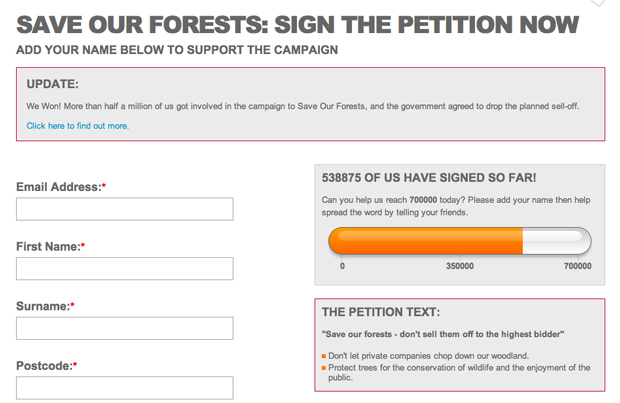Electronic participation (e-participation) has grown across the world in recent decades and many governments offer a range of opportunities for e-participation. Many initiatives have been launched, but some of them fail and/or are abandoned, contributing to mistrust among citizens and consuming scarce resources. Therefore, it is crucial for policymakers and practitioners to understand what factors contribute to the success and continuity of e-participation initiatives. This blog entry is based on a research paper titled “The success of e-participation. Learning lessons from Decide Madrid and We asked, You said, We did in Scotland” by S. Royo, B. Bellò, L. Torres and J. Downe, recently published in Policy & Internet (P&I). These two initiatives were selected due to their international recognition (software adopted by hundreds of institutions worldwide) and duration (platforms launched in 2015 and 2014, respectively, and active at present). Decide Madrid, developed by Madrid city Council, received the 2018 United Nations Public Service Award and the open-source software developed for this platform (Consul) is the most widely used to enable active citizen participation. We asked, You said, We did is a feature of the platform Citizen Space, designed by the private company Delib, and used by more than 180 organizations. The results show that these two successful initiatives share a top-down approach, a strong leadership and senior management/political support, embeddedness in the formal policy-making processes, high levels of internal and external collaboration with clear accountability relationships and careful consideration of design features. Most of these factors are related to organizational or managerial dimensions, rather than being linked to the institutional context or the ICT component. These are good news, as policymakers should be able to influence on them more easily. Our results also show that support from politicians and senior managers is not only essential in the initial stages of e-participation, but also to provide resources and adjustments in the administrative structures to ensure the long-term continuity of these initiatives. Conversely, some factors highlighted in…
Many initiatives have been launched, but some of them fail and/or are abandoned, contributing to mistrust among citizens and consuming scarce resources.










